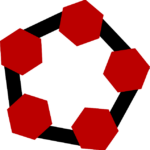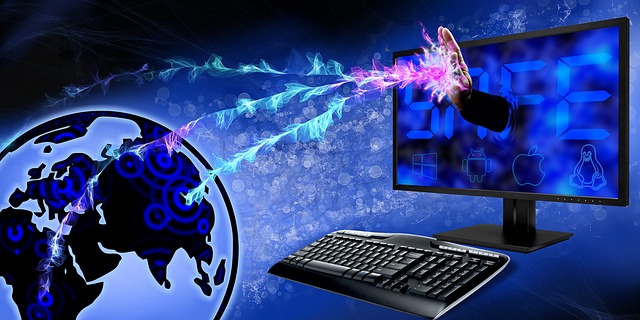Enlightenment is a Linux desktop environment that is either loved or hated by users. It offers a minimalistic design without sacrificing aesthetics and customization options. Bodhi Linux provides Enlightenment in a visually appealing way and could potentially serve as a replacement for Windows XP. However, using Enlightenment comes with a learning curve due to its unique interface that requires some knowledge to add launchers to the shelf. To help simplify this process, here are instructions on how to add launchers to both the Enlightenment shelf and desktop.
Adding launchers to the shelf involves placing them on a module within the shelf called the IBar. By default, shelves include IBars, but if you have a blank shelf, you need to add the ibar module to enable adding launchers. To add application launchers to the default shelf, follow these steps:
1. Left click on any blank spot on the desktop.
2. From the resulting menu, go to Settings > Settings Panel.
3. Within the Settings Panel, click on the Apps tab.
4. Locate and click on the IBar Applications entry from the list.
5. Select the app you want to add from the list.
6. Click the Add button.
7. Click Apply.
8. Repeat the process for any other applications you want to add.
9. Once done, click Close.
You can also move application launchers on the shelf by following these steps:
1. Go back to the IBar Applications window.
2. Click on the Order tab.
3. Select the application you want to move.
4. Click Up or Down to adjust the position.
5. Once satisfied with the order, click OK.
Additionally, you can create a second shelf with only an IBar for a clean dock by going to Settings > Shelves in the Main Menu and following the on-screen instructions.
To add launchers to the desktop, Bodhi 2.0 now allows desktop launchers through the Enlightenment File Manager (EFM). Simply navigate to /user/share/applications/ to copy the launcher you want and paste it into /home/USERNAME/Desktop. This method should work for any application and helps enhance the efficiency of the desktop.


























